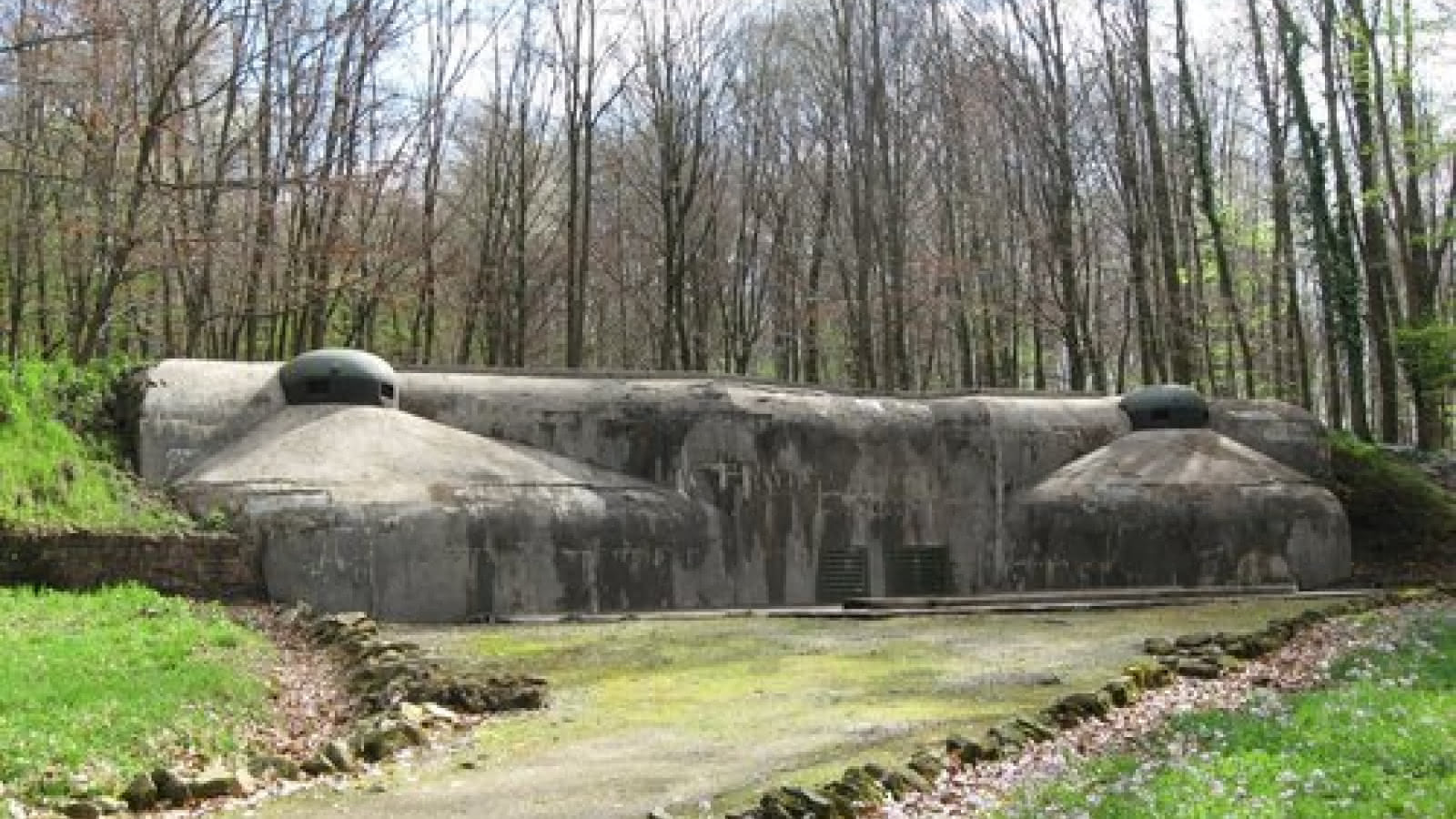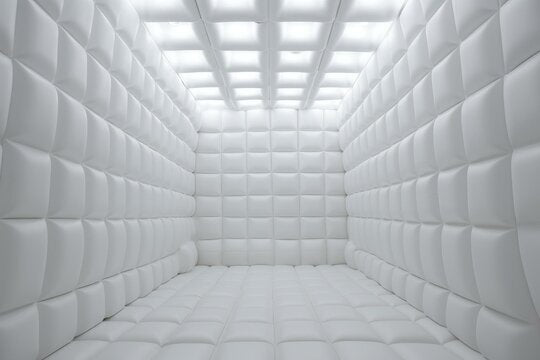The biggest challenge that we need to overcome with our home studios is that for the most part, the rooms in our homes are cubes. I would challenge anyone to find a place in nature that’s a cube. The reason why this is bad, is that sound reflects and builds up between parallel surfaces. If you’re in a natural cave and you yell, there will definitely be a lot of reverb, but the tail of the reverb will likely sound pleasing, and if there is a delay, will probably sound natural, it won’t sound weird. However, if you go into an empty drywall room with hardwood floors and yell, there will likely be a harsh kind of springy noise, something we have kindly named flutter echo, when in reality we should have called it something bad like robot fart.
In addition to cubes wreaking havoc with reverberation, they also reinforce frequencies, or cancel them out all together. If you were to put a subwoofer back in that cave we referenced and listened to it at reasonable levels, there would be reverberation, but for the most part, the further away from the sub you got, it would get quieter and the reverb would just overtake the crispness of the source, even if you got close to the cave walls. If you’ve ever put a sub in a room, you know that’s not the case. If you put a sub in a corner, the opposite corner of the room may very well be louder than the middle of the room. There will be certain frequencies unnaturally louder than others, and occasionally, depending on where you are in the room, you might lose frequencies altogether.
This is due to room modes, the most likely culprit being the Axial Modes. The Axial Modes are the frequencies that correspond with the major dimensions of your room. For example, if your room is 10’ from front to back, one of your modes will be 112Hz. The practical result is that 112Hz is going to be a mess, it’s going to be louder in some parts of the room and may be being canceled in others. You’ll have one of those for each parallel surface, so floor to ceiling and side to side. If you have little nooks and crannies that are square? They have modes too! There’s also Tangential and Oblique modes reeking havoc, but those will have much less energy–it’s the Axial Modes that are ruining your mixes and recordings.
Pro studios deal with this by simply not having parallel surfaces. In a way, they make caves. Nearly every studio we’ve evaluated has had a live room and control room that were oddly shaped. The closest to square would be the Big Blue Live Room at Sonic ranch, but they get around the square thing by generally having a very big room with a lot of Gobos tailored to each recording session. If the surface is parallel to another, there will almost always have some type of treatment on one of those surfaces.
So how can we apply this reality with our cubes? The answer is simple, treatment, however treat intelligently and address issues with treatment that pros address with shape. Put another way, do not make a padded cell–natural spaces are not completely dead, you need to treat the room holistically, which means absorbers on parallel surfaces and early reflective zones, but not everywhere, bass traps, actual effective ones (foam for the most part isn’t), and diffusion for tamed liveliness.
Yes, doing it holistically isn’t cheap, but it is cheaper than making a whacky shaped room in the middle of our homes, and if done right, will be a one time investment.
To learn more about where to put panels, you can start with this blog.



